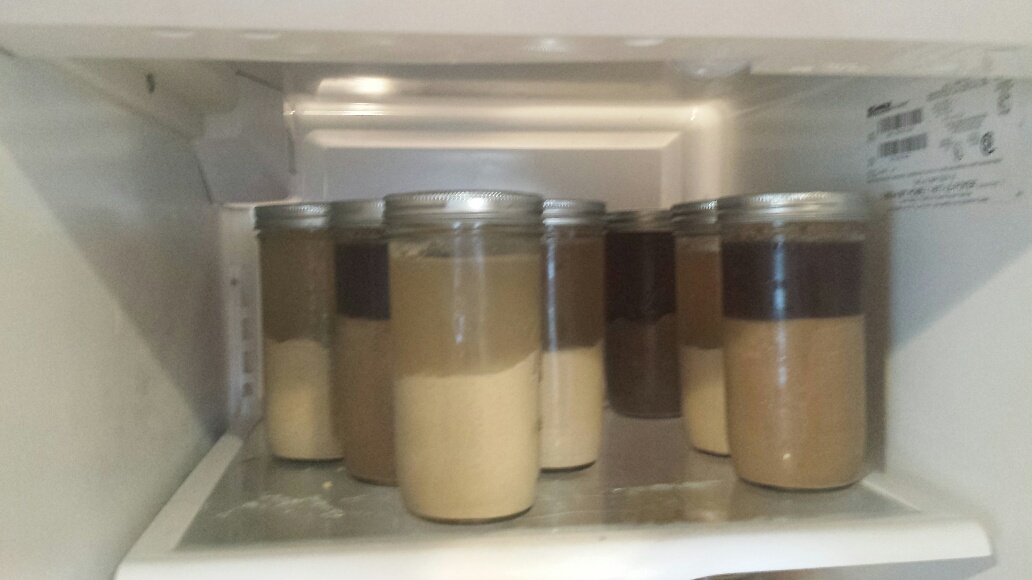Yeah, sorry about that, I just reread your post saying that their storage numbers are bunk. At we least we all agree it's not that severe.
That 1098 yeast that ended up being 2 years old had been used a few times, then disappeared in the back of the fridge somehow. A good pint of it, unwashed and trubby.
I then decided to run a side by side malt tasting test using 8 different malts. What yeast would be best to use for that... Lookie, I got a jar full of WY1098, dated 3/24/14! Ouch! Took a good scoop out, made a 2 liter starter and everything looked fine. Cold crashing should have tipped me off though, took a few days to get it at least somewhat transparent. Brewed 8 small SMASH batches and pitched. They never really cleared, remained murky forever! Not sure what caused that. Taste test went fine, the appearance just sucked!
Started to have similar clearing problems using old WY1968 (ESB), it never cleared. Dumped all the old stash and started anew from fresh packs. Life is so much better now.
That's how I started believing in overbuilding starters and saving a few jars out, dumping the older used yeast. I don't think it's the sheer use, like you said, 5-7 generations is fine, as long as it isn't too old. Each time they get rejuvenated, especially when starters get made. Long term storage under far from ideal conditions may be the most detrimental.
Apparently most if not all yeasts actually perform better after a few times of use. Conan being a good example, 7th generation seems to be optimal. But that means you need to brew with that same yeast frequently, so it doesn't hang around getting old. That's not something us homebrewers do a lot apparently.
Good to hear you're getting the same excellent beer after 5-7 generations. Is there's usually 2-3 months in between each batch? Do you ever make and pitch fresh starters of that used culture or always just pitch a cup? What yeast is that?






















![Craft A Brew - Safale S-04 Dry Yeast - Fermentis - English Ale Dry Yeast - For English and American Ales and Hard Apple Ciders - Ingredients for Home Brewing - Beer Making Supplies - [1 Pack]](https://m.media-amazon.com/images/I/41fVGNh6JfL._SL500_.jpg)








































